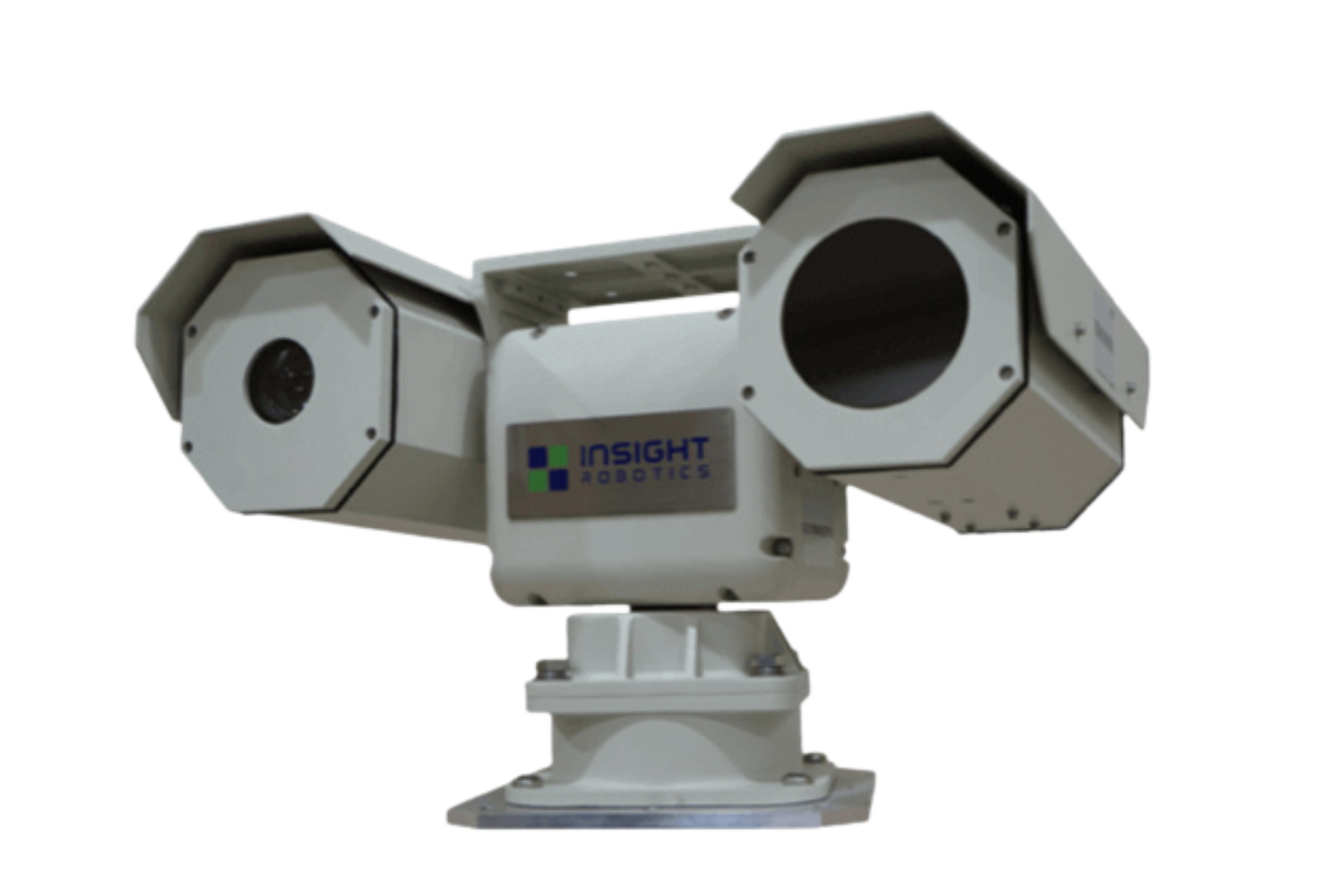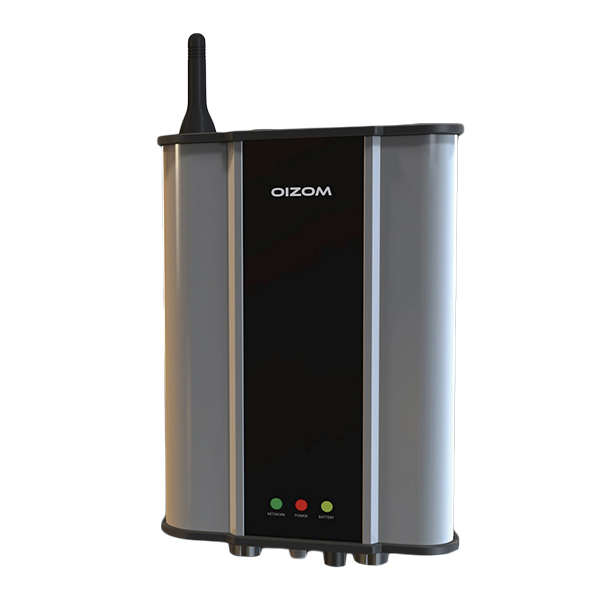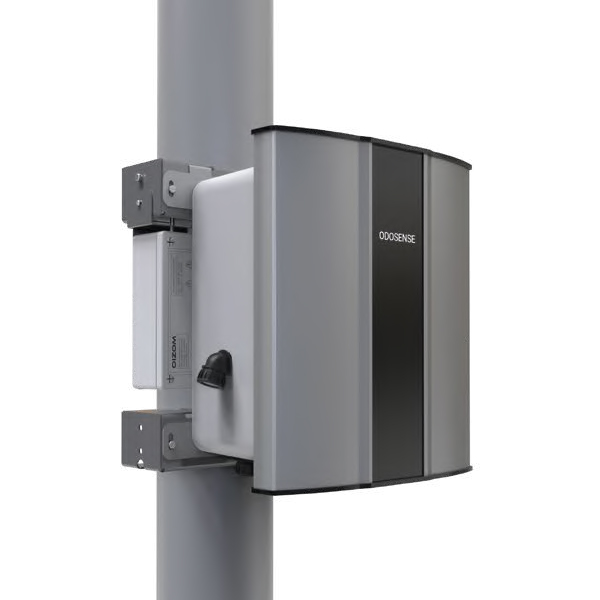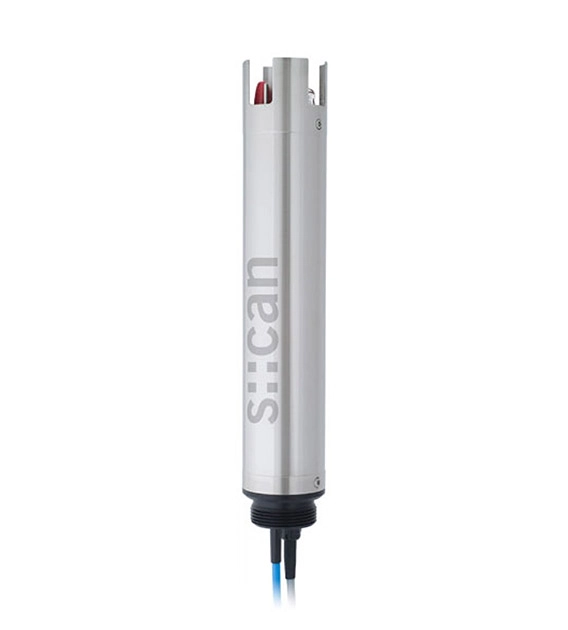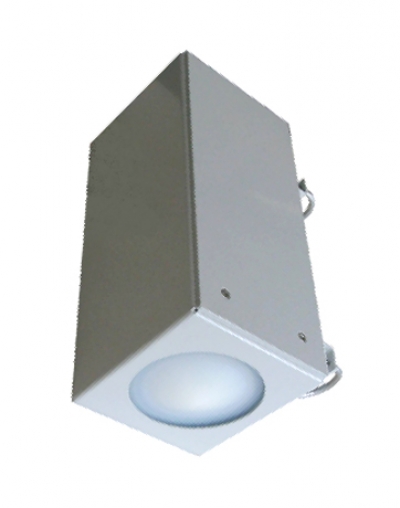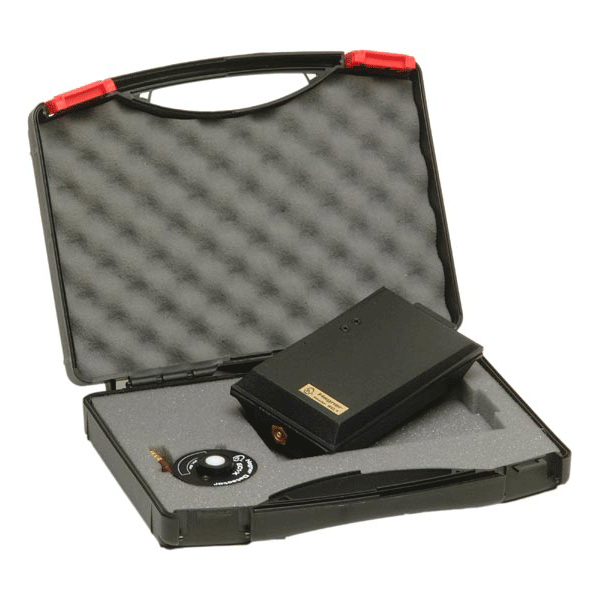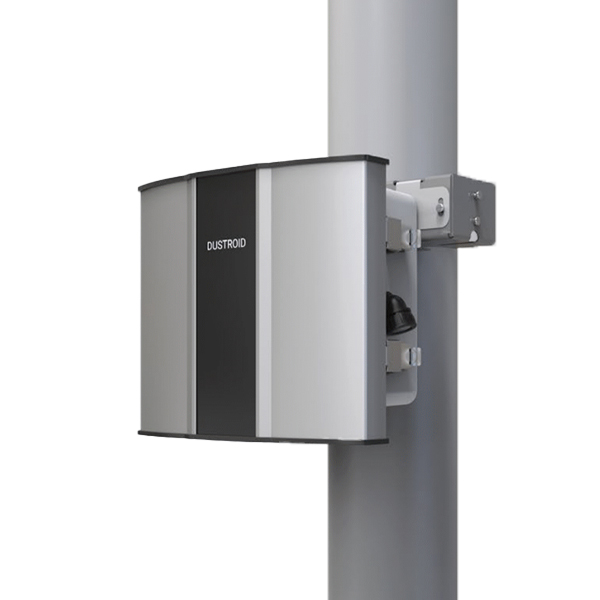Early detection and protection against wildfires
A dual thermal camera is a solution for detecting and alerting in real time of potential wildfires by Insight Robotics.
Applications
Introducing our versatile line of occupational health and safety products, specifically curated to cater to diverse applications across industries.

Sound and vibration are two important aspects of the environment that can greatly impact our health and well-being.

As a health and occupational safety expert, it is crucial to understand the importance of gas detection systems in various industries.


The quality of water has become a major concern due to the impact of human activities on the environment.

We are increasingly surrounded by devices that emit various forms of electromagnetic radiation.

Ventilation and air conditioning systems are critical for regulating temperature, humidity and pressure in buildings.

Product Categories
Inteccon offers a comprehensive range of occupational health and safety products for various industries and applications.
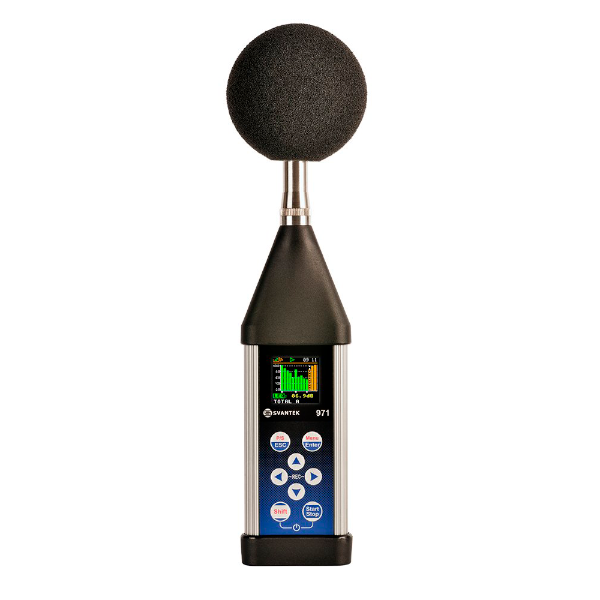
Sound level meters
Want a call from our experts?
Beliefs & Capabilities






Feedback from our customers
At Inteccon, our customers’ satisfaction is of utmost importance. See what our valued customers have to say about our top-quality occupational health and safety products, and how they have benefited from our commitment to excellence.
Lima – Peru
Ann Arbor – USA
St. Pettersburg – USA
Medellin – Colombia
Contact us
Tel +1 561-912-9809 / 561-9112-7201
E-mail [email protected]
6590 W Rogers Circle Suite# 11&12
Boca Raton – FL 33487

